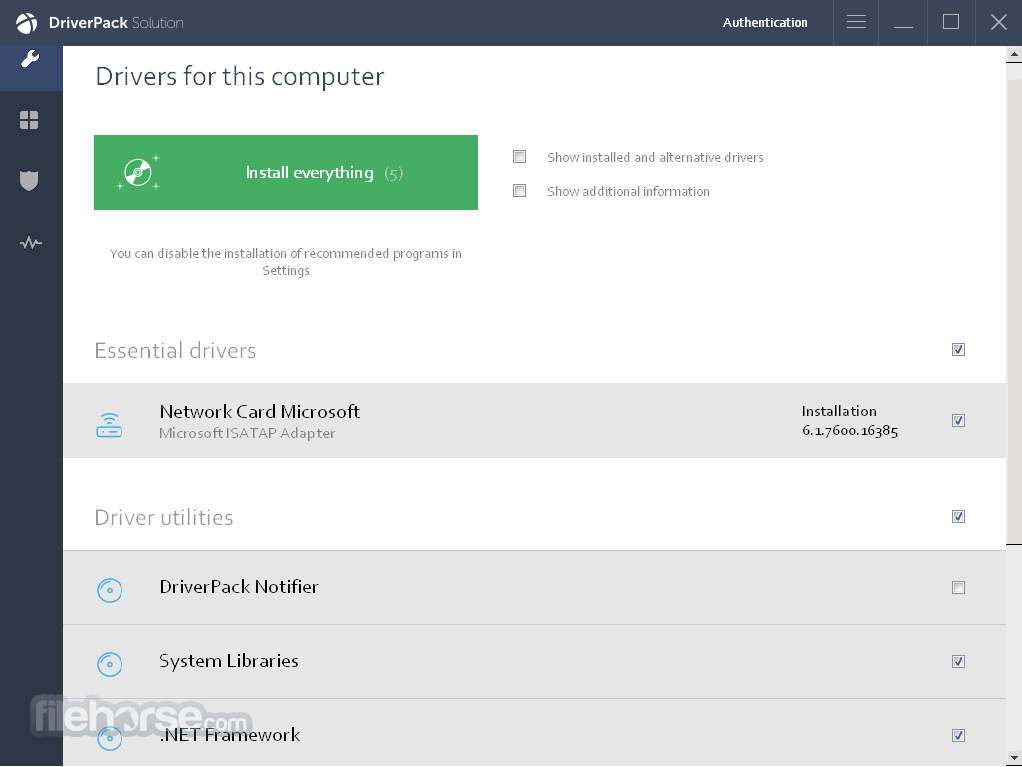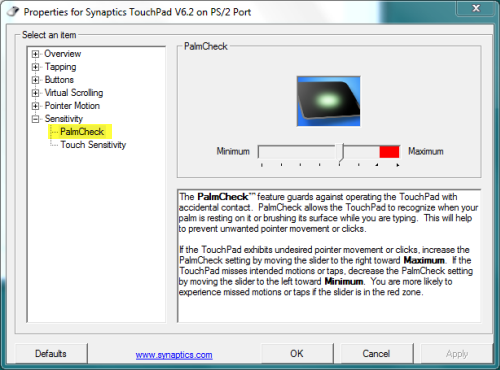Mustek USB Devices Driver Download
We use cookies to ensure that we give you the best experience on our website. If you continue to use this site we will assume that you are happy with it. Home Peripheral USB Devices HE2440 Drivers. Please contact the Mustek support center on (011) 237 1919. Plustek as a world-leading scanner and solution provider, our customers are able to download the drivers and software online easily Products Film & Photo Scanners Flatbed Scanners Departmental Scanners Workgroup Scanners Personal Desktop Scanners Portable Scanners Network Scanners Book Scanners Customized Scan Modules Capture Devices.
- Products
- Solutions
- Where to Buy
- Support
A3 2400S
High Speed Flatbed ScannerA3 2400S includes a large A3 size flatbed coupled with an expandable lid, which makes it easy to scan thick bound books and large documents. It offers 2400 dpi optical resolution with true 48-bit color scanning. The bundled software allows to scan, fax, email documents, and create a PDF easily. |
Features

Specifications
| Scanner Type | Color CIS Flatbed |
| Scan Modes | Color: 48-bit & 24-bit Gray: 16-bit & 8-bit Line art: 1-bit |
| TWAIN Scan Area (Max.) | 299 mm x 427 mm (11.8' x 16.8') |
| Resolution | Optical: 2400dpi x 2400dpi Software Interpolation: 9600 dpi x 9600 dpi |
| Scanning Speed | 6.8 sec (100dpi, A3-size color) 6.9 sec (200dpi, A3-size color) 14.6 sec (300dpi, A3-size color) 32.8 sec (600dpi, A3-size color) |
| Recommended Daily Volume | Approx. 2500 pages |
| Interface | USB 2.0 |
| Light Source | LED |
| Dimension (L x W x H) | 555 mm x 383 mm x 88 mm (21.9' x 15.1' x 3.5') |
| Weight | Approx. 4.3 kgs (9.48 lbs) |
| Power Consumption | 12VDC, 2.0A, 24W (Input: 100~240VAC, 50~60Hz) |
| System Requirements | Windows 10 / 8.1 / 7 / Vista / XP (Service Pack 3) Mac OS X 10.7~11.1 Linux Ubuntu 1604 (32bit/64bit) / Fedora 24 (32bit/64bit) |
This topic is intended for OEMs who want to build a Windows 10 system with USB Type-C connector and want to leverage OS features that allow for faster charging, power delivery, dual role, alternate modes, and error notifications through Billboard devices.
A traditional USB connection uses a cable with a USB A and USB B connector on each end. The USB A connector always plugs in to the host side and the USB B connector connects the function side, which is a device (phone) or peripheral (mouse, keyboard). By using those connectors, you can only connect a host to a function; never a host to another host or a function to another function. The host is the power source provider and the function consumes power from the host.
Mustek USB Devices Driver Download

The traditional configuration limits some scenarios. For example, if a mobile device wants to connect to a peripheral, the device must act as the host and deliver power to the connected device.
The USB Type-C connector, introduced by the USB-IF, defined in the USB 3.1 specification, addresses those limitations. Windows 10 introduces native support for those features.
Feature summary
- Allows for faster charging up to 100W with Power Delivery over USB Type-C.
- Single connector for both USB Hosts and USB Devices.
- Can switch USB roles to support a USB host or device.
- Can switch power roles between sourcing and sinking power.
- Supports other protocols like DisplayPort and Thunderbolt over USB Type-C.
- Introduces USB Billboard device class to provide error notifications for Alternate Modes.
Official specifications
Hardware design
USB Type-C connector is reversible and symmetric.
The main component are: the USB Type-C connector and its port or PD controller that manages the CC pin logic for the connector. Such systems typically have a dual-role controller that can swap the USB role from host to function. It has Display-Out module that allows video signal to be transmitted over USB. Optionally it can support BC1.2 charger detection.
Consider recommendations for the design and development of USB components, including minimum hardware requirements, Windows Hardware Compatibility Program requirements, and other recommendations that build on those requirements.Hardware component guidelines USB
Choose a driver model
Use this flow chart to determine a solution for your USB Type-C system.
| If your system... | Recommended solution... |
|---|---|
| Does not implement PD state machines | Write a client driver to the UcmTcpciCx class extension. Write a USB Type-C port controller driver |
| Implements PD state machines in hardware or firmware and support USB Type-C Connector System Software Interface (UCSI) over ACPI | Load the Microsoft provided in-box drivers, UcmUcsiCx.sys and UcmUcsiAcpiClient.sys. See UCSI driver. |
| Implements PD state machines in hardware or firmware, but either does not support UCSI, or support UCSI but requires a transport other than ACPI | Write a client driver for the UcmCx class extension. Write a USB Type-C connector driver Write a USB Type-C Policy Manager client driver |
| Implements UCSI but requires a transport other than ACPI | Write a client driver to the UcmUcsiCx class extension. Use this sample template and modify it based on a transport that your hardware uses. Write a UCSI client driver |
Bring up drivers
USB Function driver bring-up is only required if you support USB Function mode. If you previously implemented a USB Function driver for a USB micro-B connector, describe the appropriate connectors as USB Type-C in the ACPI tables for the USB Function driver to continue working.
For more information, see instructions about writing a USB Function driver.
USB Role-Switch driver bring-up is only required for devices that have a Dual Role controller that assumes both Host and Function roles. To bring-up the USB Role-Switch driver, you need to modify the ACPI tables to enable the Microsoft in-box USB role-switch driver.
For more information, see the guidance for bringing up the USB Role Switch Driver.
A USB Connector Manager Driver is required for Windows to manage the USB Type-C ports on a system. The bring-up tasks for a USB Connector Manager driver depend on the driver that you choose for the USB Type-C ports: The Microsoft in-box UCSI (UcmUcsiCx.sys and UcmUcsiAcpiClient.sys) driver, a UcmCx client driver, or a UcmTcpciCx client driver. For more information, see the links in the preceding section that describe how to choose the right solution for your USB Type-C system.
Test
Perform various functional and stress tests on systems and devices that expose a USB Type-C connector.
Test USB Type-C systems with USB Type-C ConnEx - Run USB tests included in the Windows Hardware Lab Kit (HLK) for Windows 10.
Mustek Scanner Driver Windows 7
Run USB function HLK tests with a C-to-A cable (search for Windows USB Device in the HLK
Examples Of Usb Devices
Certification/ComplianceAttend Power Delivery and USB Type-C compliance workshops hosted by the standards bodies.
Mustek Usb Devices Driver Download Windows 7
See also
